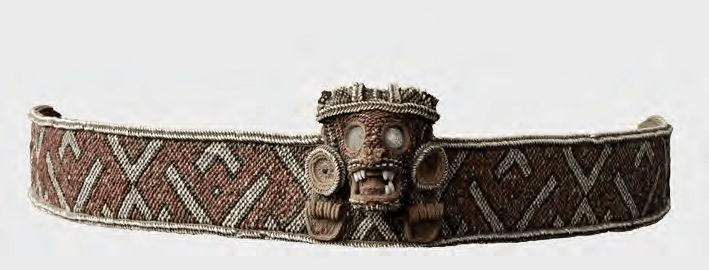Although Ricardo Alegria's dated MA thesis at the University of Chicago was written in the 1940s, there are still useful nuggets of information and references to be found. Reflecting the time in which he wrote, Alegria's thesis examines the cacique, or chief, of the Taino of the Antilles as a development that represents the zenith of indigenous Caribbean political organization and culture. This is demonstrated through a lengthy review of the cultural sequences of the pre-colonial Caribbean, encompassing the Archaic, Sub-Taino, Taino, and Caribs. Unsurprisingly, Alegria uses both archaeological and textual sources (mainly the chroniclers, especially Las Casas and Oviedo) to emphasize the unequal, hierarchical aspects of Taino chiefdoms based on social stratification/social class differentiation, religion (including the cemification of deceased H, and administrative functions.
Like more recent scholars, Alegria identified the clear link between the rise of caciques as paramount chiefs and religion in its more elaborate aspects. Furthermore, material culture demonstrates this through some types of cemis, as well as the burial customs for caciques, their roles as mediators between their subjects and the cemis, and the ceremonial, judicial, diplomatic, and military roles played by caciques. Indeed, if one goes by the chronicles, particularly Las Casas, then at least what Irving Rouse referred to as the "Classic Taino" of Puerto Rico, Hispaniola, and eastern Cuba developed stratified chiefdoms with the clearest evidence for social inequality. Since Oviedo, Las Casas, Enciso, Peter Martyr, Colombus, Pane, and others were either able to witness Taino chiefdoms themselves or, at the bare minimum, receive reports from those who had, one suspects that at least on Hispaniola, and perhaps eastern Cuba, chiefdoms developed that approximated the highly stratified society described by Alegria. Indeed, if one can rely on Las Casas, this must have occurred in areas like eastern Cuba, where the conquering "Taino" enslaved the previous residents, albeit treating the descendants of the conquered groups almost like their own.
Of course, scholarship on the issue has changed with newer excavations, reinterpretations of the Spanish documentary sources, and new techniques and technology used by archaeologists. That said, even the Spanish sources themselves, especially Las Casas, acknowledged that some cacicazgos of the Caribbean were not highly developed polities or lordships ruled by paramount chiefs. And like future scholars, a young Alegria may have correctly observed that possible Mesoamerican influences on the "Taino" reached Hispaniola and Puerto Rico indirectly, via South America. One wonders if recent scholars would suggest that Alegria should have looked more closely at the isthmo-Colombian region here, particularly with regard to guanin. Likewise, one wonders if his assumption that the Ciguayo Indians of Hispaniola spoke another Arawakan language may have been incorrect.

No comments:
Post a Comment